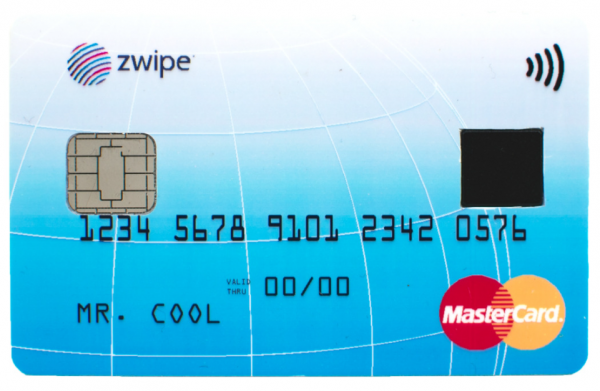
MasterCard has partnered biometric technology firm Zwipe to introduce the world’s first contactless payment card that can store and read the cardholder’s fingerprint data.
The announcement last week comes hot on the heels of the launch of Apple Pay in the United States, a mobile payment service that uses the fingerprint recognition and near-field communication capabilities built into the latest iPhones.
The new payment card includes an integrated biometric sensor and the Zwipe secure biometric authentication technology that holds the cardholder’s biometric data.
With the card, the user’s fingerprint replaces the all-too-familiar personal identification number (PIN) and signature as the default payment authorisation method.
Much like Apple Pay, users only have to hold their card near the contactless reader with their finger on the card’s fingerprint sensor to make payments. The biometric information is stored in the EMV-certified secure element within the card.
The makers of the card are so confident with the new authentication method that they are lifting the typical payment limit imposed on contactless payments.
While such a service sounds promising for users without the latest Apple gadgetry, the elephant in the room is whether the service will reach Singapore at all.
Apple Pay launched this week in United States. The Zwipe Mastercard will do the same in United Kingdom next year after a successful pilot with Norway’s Sparebanken DIN. However, there’s no news of when the card will be in Singapore.
These fledgling services will also take a while to mature, take in feedback and make improvements before expanding their geographic reach. Plus, every merchant and bank partnership in each country has to be individually negotiated.
Also, there remains many places that do not accept cards using MasterCard’s contactless PayPass system. MasterCard will have its work cut out bringing more merchants on board the service, especially in the local market.
Apple’s experience with the roll-out of Pay has also shown that the self-interest of merchants may prove to be a stumbling block in introducing new payment methods.
For instance, users will still have to fish out their in-store loyalty cards. MasterCard is unlikely to succeed in convincing every merchant to incorporate their technology into every membership card around.
Not to forget businesses hoping to scrimp on processing fees levied by intermediaries like MasterCard. In the United States, this includes a few of the largest retailers around.
Locally, there exists a confusing confluence of contactless card readers that will read any combination of cards based off competing EZ-Link, Nets FlashPay, Visa PayWave and MasterCard PayPass standards.






